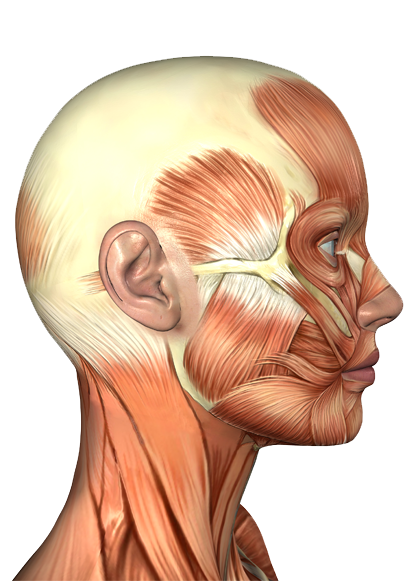Trapezius Muscle Laterally
Musculus trapezius is the Latin pronunciation for Trapezius Muscle. The muscle resembles a Trapezium in shape.
read moreFrontalis Muscle Laterally Temporal Muscle Laterally Occipitalis Muscle Laterally Splenius Capitis Muscle LaterallyLevator Scapulae Muscle LaterallyTrapezius Muscle Laterally Sternomastoid Muscle Laterally Masseter Muscle Laterally Buccinator Muscle Laterally Orbicularis Oris Laterally Orbicularis Oculi Muscle Laterally
Trapezius Muscle Laterally
ANATOMY
Trapezius Muscle is a large superficial muscle extending longitudinally from Occipital Bone to the Lower Thoracic Vertebrae and lateral to the Spine of Scapula (Shoulder Blade). The muscle resembles a Trapezium in shape. It has three functional regions that are as follows.
-
Superior Region: It is the descending part supporting the weight of arm.
-
Intermediate or Middle Region: It is the transverse part which retracts Scapula.
-
Inferior Region: The ascending part which rotates and depresses the Scapulae.
There are three types of muscle fibers of Trapezius that are as follows.
-
Superior Fibers are formed from Superior Nuchal Line of Occipital Bone, External Occipital Protuberance, and Ligamentum Nuchae.
-
Middle Fibers are formed from the Spinous process of Seventh Cervical and Spinous Process of 1, 2, 3 Thoracic Vertebrae.
-
Inferior Fibers arise from the remaining Thoracic Vertebrae of the Spinous Process.
INNERVATION
Trapezius is supplied by Accessory Nerve CN XI for Motor functions. Sensations like pain come from Ventral Rami of Third C3 and Fourth C4 Cervical Nerves.
BLOOD SUPPLY
The blood supply to Trapezius is provided through Superficial Cervical Artery or its variation, the superficial branch of Transverse Cervical Artery. The cranial end also receives blood supply from Occipital Artery.
FUNCTION
The main function of this muscle is to Stabilize and move the Scapula. The muscle’s contraction causes two types of effects
-
Movement of Scapulae when Spinal origins are stable
-
Movement of Spine when Scapulae are Stable.
CLINICAL SIGNIFICANCE
The location of the Trapezius Muscle makes it more prone to Inflammation due to the overuse, trauma or repetitive stress on the muscle.
Report Error



